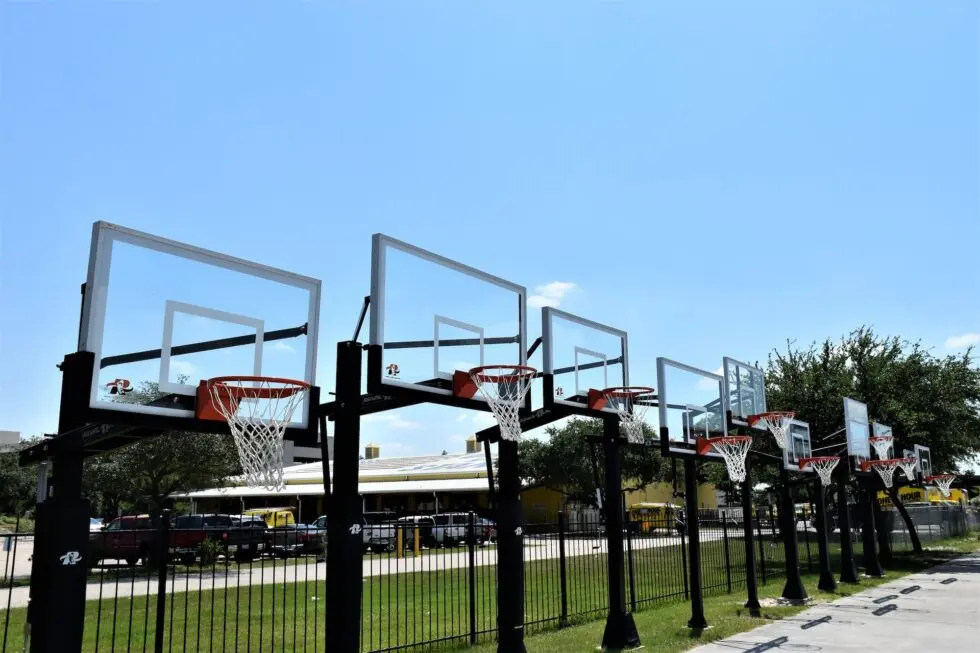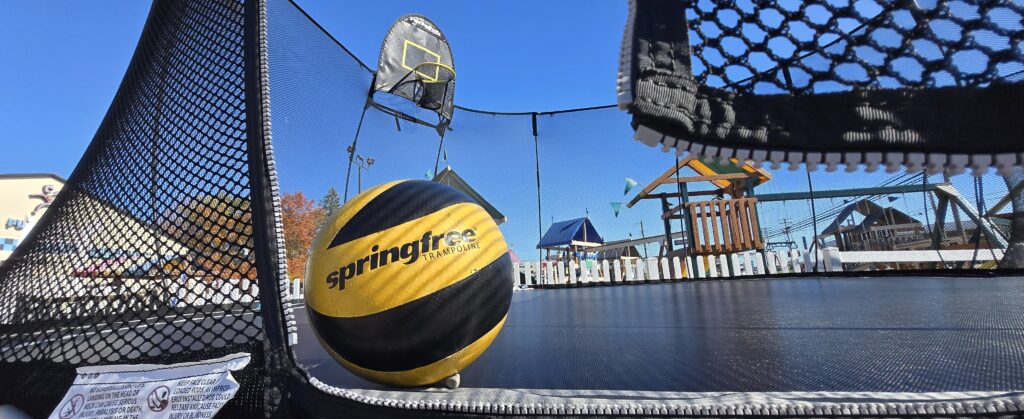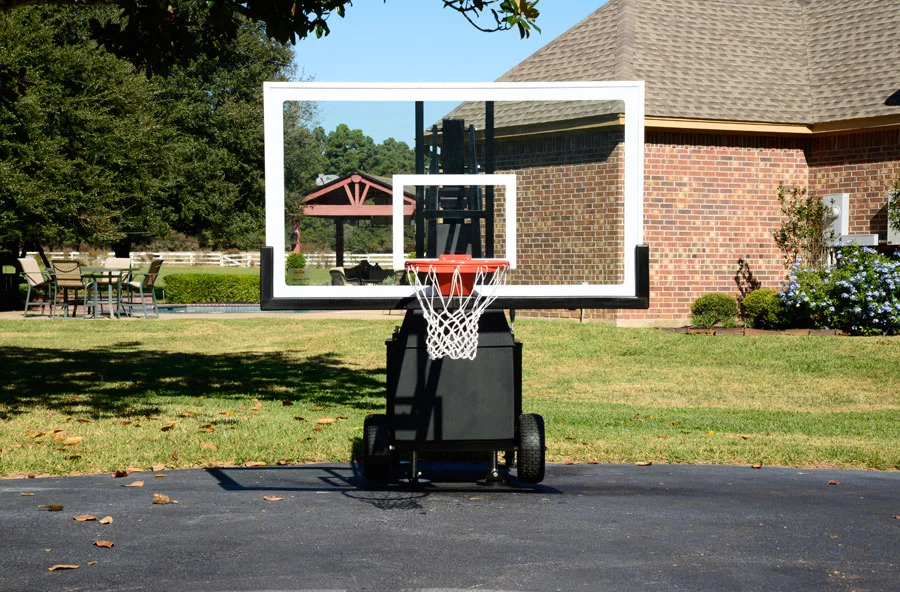What Sports Are in Olympics
The Olympic Games bring together thousands of athletes from around the world, and viewers often wonder what sports are in Olympics because the lineup includes a wide mix of long standing events and exciting new additions. The Games celebrate human skill, cultural history, and athletic creativity, which is why families enjoy learning about all the sports showcased. Understanding what sports are in Olympics also helps young athletes discover new interests and inspires families to try different activities at home or in local programs.
Although the Olympics have grown over the years, the main purpose has stayed the same. The Games aim to highlight strength, endurance, precision, and teamwork. Athletes train for years to compete on this stage, and each sport reveals a different side of athletic performance. As families explore what sports are in Olympics, they begin to appreciate how diverse and dynamic the competition truly is.
The lineup includes everything from powerful strength based events to graceful artistic disciplines. Some sports require simple equipment, while others rely on modern facilities. Even so, every Olympic sport carries its own traditions and unique style. This variety is part of what makes the Olympics one of the most beloved athletic events worldwide.

How the Olympic Program Is Organized
The Olympic Committee divides sports into categories that help shape the overall schedule. Athletics, often called track and field, remains one of the central pillars and includes running, jumping, and throwing events. Swimming is another foundation of the Games because it tests speed, stamina, and technique. Gymnastics also stands out due to its combination of power, balance, and artistry. These core categories anchor the Games and attract large audiences every cycle.
In addition to these classics, the Olympic lineup features modern sports that reflect cultural interest and athletic evolution. New sports occasionally join the Games after gaining global popularity. This blend of tradition and innovation helps define what sports are in Olympics today.
Team Sports Capturing Global Attention
Many viewers associate the Olympics with high energy team sports. These events bring fast action, strategy, and memorable moments. Soccer, volleyball, basketball, handball, water polo, and field hockey all contribute to the excitement. They also highlight the importance of cooperation and communication on the world stage.
Team sports appeal to families because children often enjoy playing them in school or local leagues. Watching national teams compete inspires young athletes and strengthens community interest in sports. As a result, team events play a major role in how people remember the Olympic Games.
Basketball as a Major Olympic Event
Basketball deserves special attention when discussing what sports are in Olympics. It joined the Games in 1936 and has remained one of the most watched team competitions ever since. The sport blends speed, precision, athleticism, and teamwork, creating a thrilling viewing experience. Olympic basketball often features some of the most talented players in the world, which increases global excitement.
The sport’s Olympic presence encourages children and families to enjoy basketball at home, in parks, or in school gyms. When families want to understand the structure of the game, resources such as How Many Basketball Players On The Court offer a helpful overview. Basketball continues to grow as one of the most influential sports worldwide, and its role in the Olympics reinforces that impact.

Gymnastics and Aerial Performance
Gymnastics plays a major part in shaping what sports are in Olympics. Artistic gymnastics showcases strength, balance, and flawless control across equipment such as the vault, bars, and beam. Rhythmic gymnastics combines dance, music, and apparatus like ribbons and hoops. Trampoline gymnastics highlights aerial awareness and precise high flying skills.
Families who want to explore trampoline events more deeply can learn through When Was Trampoline Added to the Olympics. Understanding how this discipline entered the Games helps viewers appreciate the evolution of modern athletic performance.
Gymnastics remains one of the most artistic categories in the Olympics. Each performance reflects years of practice and an extraordinary level of dedication.
Strength Centered Sports
Strength based sports give the Olympics much of their intensity. Weightlifting showcases explosive power through the snatch and clean and jerk. Wrestling tests technique, balance, and endurance. Boxing demands precision, reaction time, and mental focus. These sports help define what sports are in Olympics because they highlight both physical ability and strategic discipline.
Athletes in these events push their limits while maintaining technique under pressure. Their performances create unforgettable Olympic moments and inspire viewers to appreciate the discipline behind strength training.

Water Sports in the Games
Water based sports add variety and excitement to the Olympic program. Swimming, diving, water polo, rowing, surfing, and canoe sprint events each contribute to the diversity of the Games. Families often think of these events when asking what sports are in Olympics because they combine technique, endurance, and fluid movement.
Swimming includes races across multiple strokes and distances. Diving showcases coordination and body control during acrobatic jumps. Rowing highlights teamwork and pacing. Surfing, although newer to the Games, reflects modern athletic culture and ocean based sport development.
Combat and Martial Arts
Combat sports also play a strong role in the Olympic lineup. Judo, taekwondo, fencing, and boxing require precision, discipline, and mental strength. These sports emphasize respect and control, which gives them a unique place in the Games. When families explore what sports are in Olympics, they often find that martial arts reflect cultural history as much as athletic performance.
Each match shows physical skill and strategic thinking. Athletes must anticipate their opponents’ movements and remain calm under pressure, which makes these events compelling to watch.
Sports on Wheels
Modern additions to the Olympics include sports performed on wheels. Cycling spans road, track, mountain, and BMX events. Skateboarding brings creativity and youth culture into the Games. These activities help broaden the answer to what sports are in Olympics and make the Games more relatable for younger audiences.
Wheel based sports highlight balance, speed, and expressive movement. Their inclusion shows how the Olympics evolve to reflect contemporary athletic interests.

Track and Field as a Core Category
Track and field remains one of the strongest examples of what sports are in Olympics. Running events include sprints, relays, and distance races. Field events test power through throwing and precision through jumping. Many Olympic traditions began with track and field, which connects modern Games to their ancient roots.
The simplicity of these events helps them appeal to viewers of all ages. Athletes rely purely on physical skill, speed, and strength. Their performances remain a highlight of every Olympic cycle.
Ball Sports Beyond Basketball
Other ball sports contribute to the diversity of the Olympic program. Soccer, handball, baseball, softball, tennis, and volleyball all bring their own excitement. These sports expand the answer to what sports are in Olympics because they represent different regions and styles of play.
Each of these events highlights teamwork, coordination, and athletic versatility. They also encourage youth participation because children can experience these games easily at school or in neighborhood play areas.
Learning More While Staying Active
Families who enjoy exploring Olympic sports often look for fun ways to stay active at home. Outdoor activity encourages healthy development, and resources at Kids World Play Systems help parents choose equipment that supports safe and engaging play. The Olympics inspire children to dream big and try new sports, and many of these activities begin with simple backyard setups.

Reaching Out for Support
If your family wants advice about outdoor play equipment, backyard sports setups, or safe activity areas, you can reach out to the team through the contact page. Guidance from knowledgeable professionals helps families make better long term decisions.
Conclusion
So what sports are in Olympics? The answer includes team events, artistic disciplines, strength based competition, water sports, wheel based sports, martial arts, ball sports, and more. The Games continue to grow and adapt while maintaining strong traditions. By learning what sports are in Olympics, families gain a deeper appreciation for athletic achievement and discover new activities to enjoy at home or in their communities. For official updates and current Olympic sport lists, families can explore the Olympic website, which offers comprehensive information about the Games.
